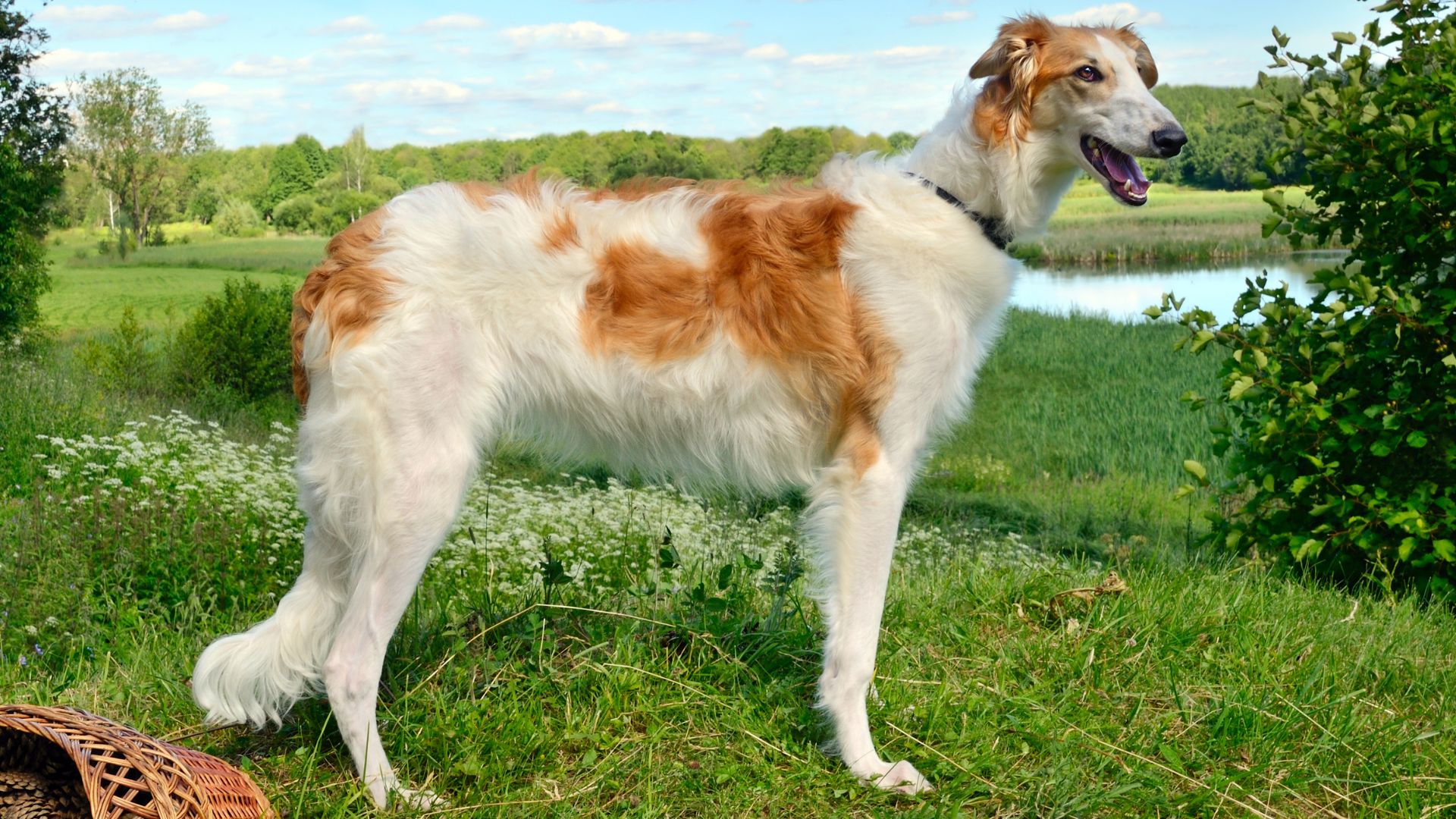History remembers the merchants, the maps, the empires. But what about the shadows that followed them? The ones with four legs and eyes that didn’t miss a thing. They didn’t speak the language, but they understood the journey.
These animals didn’t wear armor, but they defended what mattered. Traders didn’t walk alone—they walked with loyalty beside them. Some called them lucky charms. Others called them protection. But mostly, they were just called “ours.”
Through endless days of walking and long, cold nights by campfires, these creatures stood watch. No fame. No credit. Just quiet, unshakable presence. Traders came and went. Goods changed hands. But the bond between man and animal didn’t flinch. Time erased many things, but it couldn’t erase them.
And now, for a moment, we’ll step off the well-told path—and follow the ones history forgot. So, let’s start!
Dog Breeds Used by Ancient Traders
1. Saluki
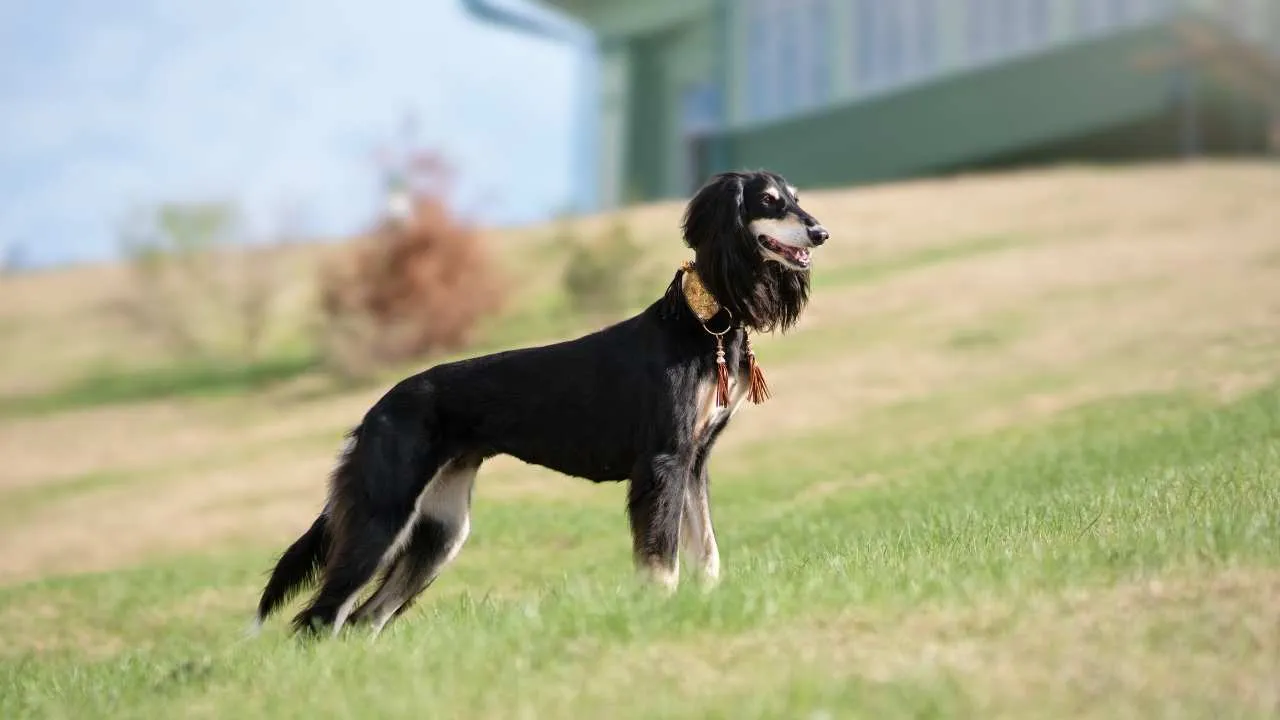
Salukis traveled with merchants across vast trade routes in the Middle East. Their endurance in extreme heat made them ideal for caravans crossing arid regions. Traders valued them for both their speed and their quiet, non-disruptive presence.
Precision Over Speed
More than fast runners, Salukis were known for pinpoint accuracy during sighthunting. They helped secure small game during long expeditions when supplies were low. That skill wasn’t sport—it was essential survival for traders and their caravans.
Cultural Status and Utility
In the ancient world, Salukis were often mummified and buried beside nobility, but their role was never purely ceremonial. Their instincts, agility, and silence gave them practical value during trade stops or nighttime watch. They were treasured but also trusted to work.
Silent Hunters and Calm Travelers
As hunting dogs, they didn’t rely on barking to signal prey, which was crucial in avoiding unwanted attention during long routes. That restraint, paired with stamina, made them more than elegant figures—they were part of a merchant’s toolkit. Their contributions were measured in miles, not just miles per hour.
2. Basenji

Basenjis were favored by Central African merchants navigating jungle paths and narrow bush trails, as highlighted by Showsight Magazine. Their compact build allowed them to move swiftly without disturbing the environment. Traders depended on their ability to locate small prey or warn of disturbances with an alert posture, not sound.
Communication Beyond Barking
This breed’s lack of traditional barking wasn’t seen as a flaw but a refinement. Instead, they produced a unique yodel-like sound called a baroo, which helped handlers identify them even through thick vegetation. That trait allowed discreet coordination during high-risk travel.
Deep-Rooted Origins and Role
With origins tracing back to the Nile Valley, Basenjis were exchanged in ancient barter systems as valued tracking animals. Their presence in Egyptian artifacts reflects their widespread use across early trade regions. They weren’t status symbols—they were working assets with defined roles.
Focused Drive and Stability
Their hunting skills were honed to target fast, evasive animals in unpredictable terrain. Basenjis remained even-tempered, adjusting quickly between intense pursuit and calm rest, which helped maintain efficiency during long merchant journeys. It’s that composure that made them practical companions.
3. Greyhound
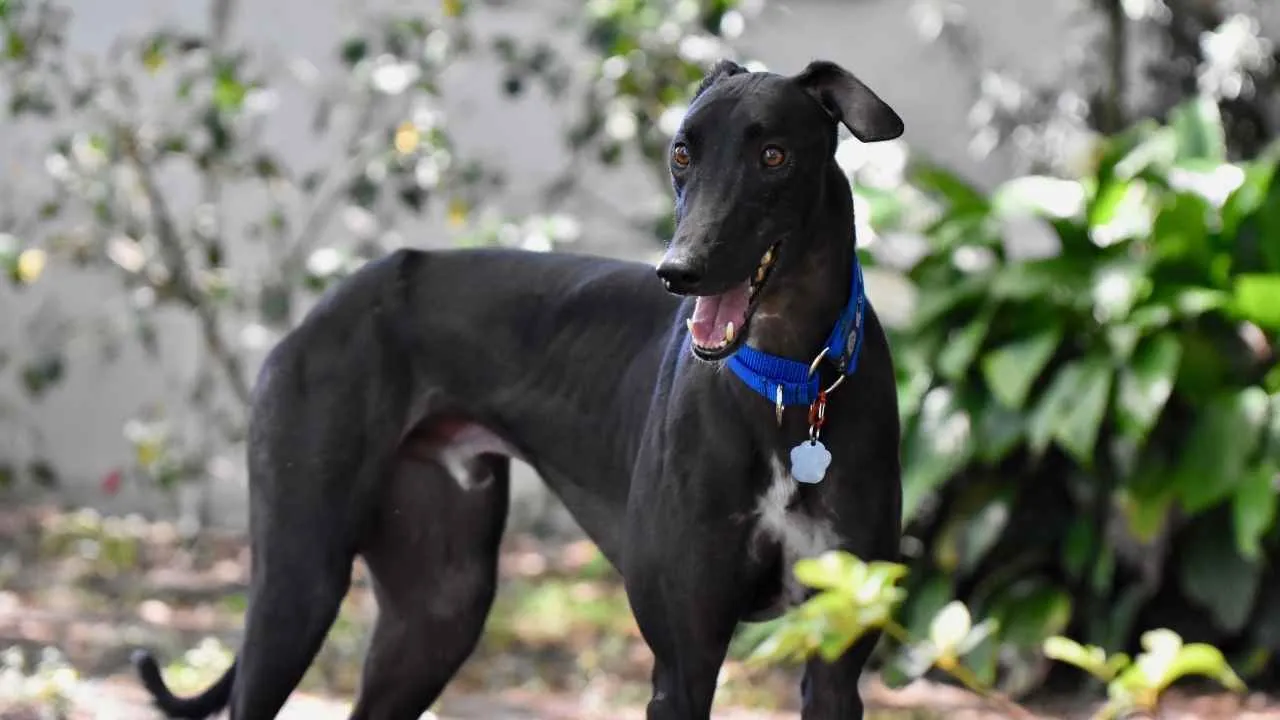
Greyhounds were favored by ancient Middle Eastern traders for their minimal space needs and quiet demeanor. They could trot beside caravans for extended distances without exhausting easily. Their lean frame wasn’t just about incredible speed—it supported long-range movement under heat.
Sight-Based Precision
Rather than scent trailing, Greyhounds relied solely on vision to detect movement across open landscapes. This was crucial when traders needed quick detection of distant threats or wild prey. Even today, their focused stare and motion sensitivity trace back to this ancient function.
Revered in Trade Cultures
Ancient Egyptians and Greeks frequently depicted Greyhounds in ceramics and burial items—symbols not only of elegance but utility. Their integration into both art and daily trade life speaks to their dual value. Traders didn’t just transport goods; they moved with culturally esteemed protectors.
Minimal Disruption, Maximum Control
Greyhounds don’t often bark excessively or demand constant attention, making them easy to manage during long journeys. Their training doesn’t rely on repetition—they respond to patterns, tone, and calm cues. That low-maintenance behavior allowed owners to focus on trade negotiations without chaos.
4. Afghan Hound
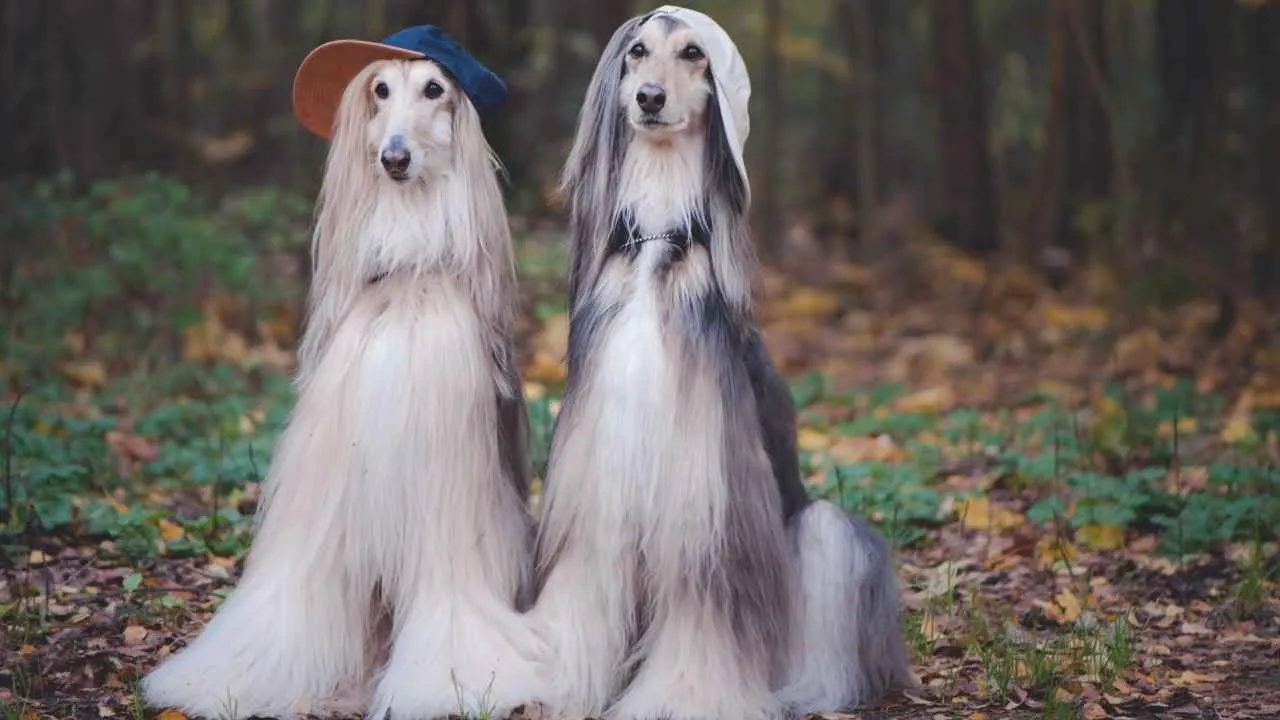
Afghan Hounds were favored by merchants traveling through mountainous corridors, especially in regions like the Hindu Kush, as per Scielo. Their long, powerful limbs allowed them to chase prey across rocky elevations without slowing down. This speed offered protection and a consistent source of food in tough terrain.
Coat Designed for Altitude
The thick, flowing coat wasn’t just ornamental—it served as insulation against harsh upland winds. Traders moving through cold passes depended on the breed’s physical durability. It allowed them to function in altitudes where other dogs would falter or require cover.
Independent Yet Focused
Their temperament is marked by aloof confidence, which ancient handlers respected more than obedience, as per Zealandia Pets. Afghan Hounds worked without constant cues, surveying large expanses and acting only when it mattered. This self-governed behavior aligned well with the unpredictable pace of merchant travel.
Living Relic of Trade-Era Breeding
Believed to date back thousands of years, this ancient breed is one of the few with physical traits virtually unchanged by modern breeding. Their structure, instincts, and environmental fit were shaped by real-life demand, not aesthetics. Their presence marked wealth, but their value was measured in how far they could run and where.
5. Chow Chow
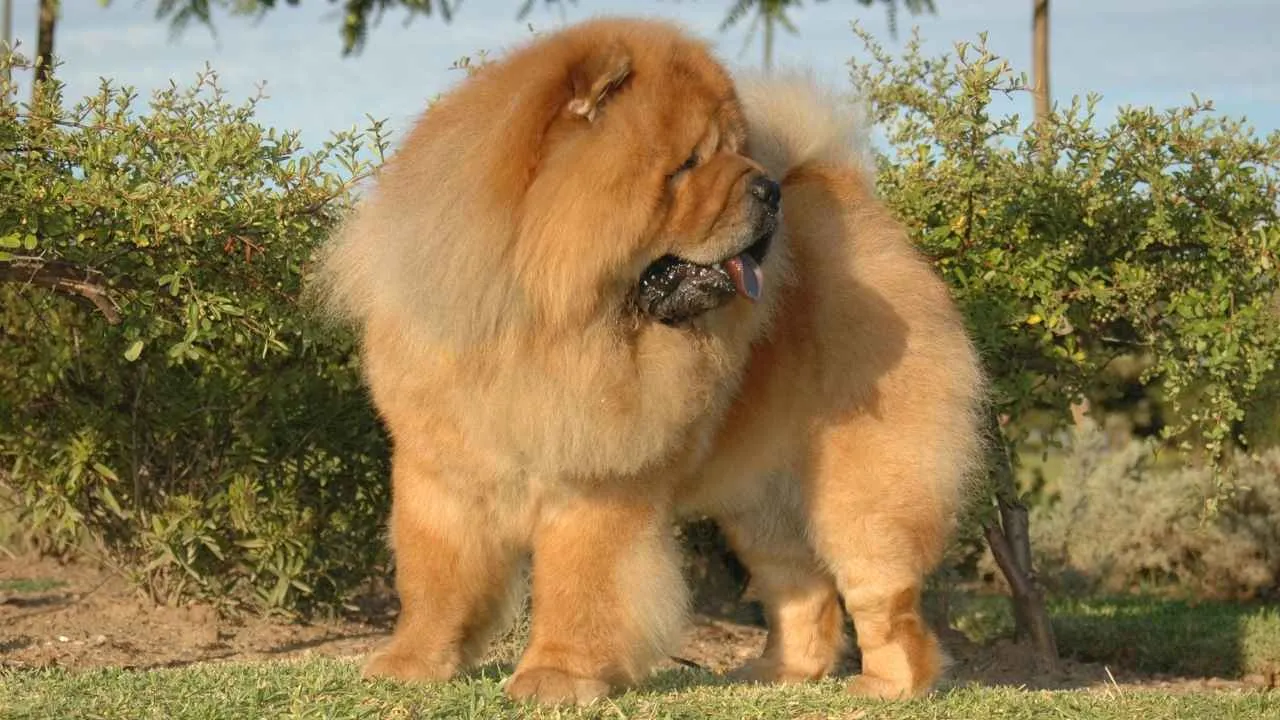
In ancient China, Chow Chows were stationed along merchant routes to safeguard goods and campsites. Their strong territorial drive and low tolerance for intruders made them effective static guards. Traders moving silk and spices through forested trails trusted their silent vigilance at night.
Reserved Nature, Focused Mind
This breed was prized not for affection but for its watchful detachment and decision-making under pressure. They observed their environment with stillness, never wasting energy on unnecessary alerting. That restraint made them particularly useful when discretion was essential on high-risk trade legs.
Arctic-Built Coat in Mountain Crossings
Chow Chows were known to accompany caravans through colder terrains where snow and wind would delay others. Their dense double coat, often compared to a lion’s mane, helped them endure frosty mornings during rest halts. Traders appreciated their adaptability to elevation and shifting climates.
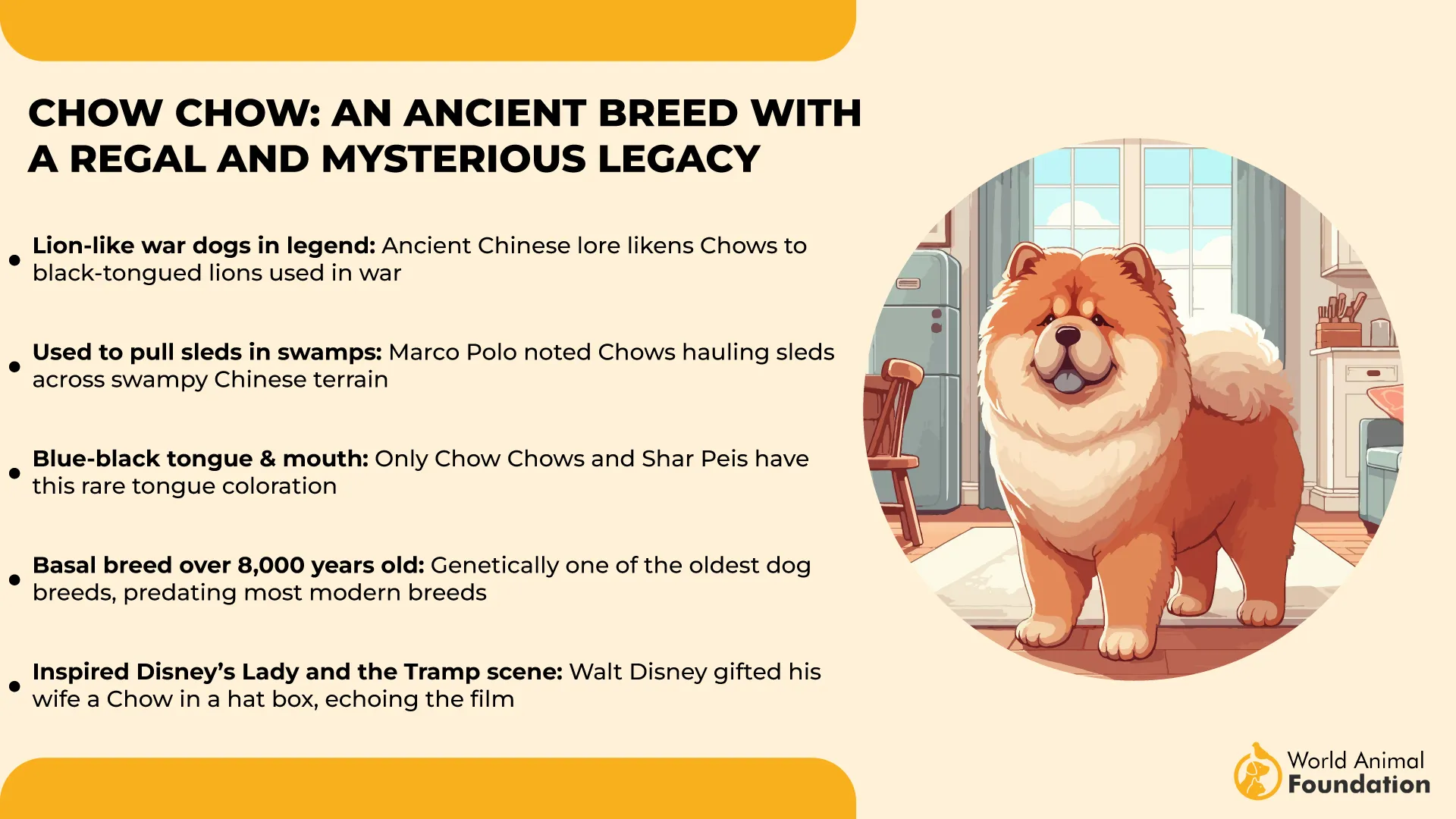
Traced Back to the Han Dynasty
Archaeological records and early paintings show Chow Chows present in the Han era, bred not only for guarding but for hauling supplies. A lesser-known function was pulling small carts laden with merchandise in remote trading zones. Their muscular build supported more than just presence—it carried weight.
6. Akita Inu

Akita Inu dogs were historically used in Japan’s northern regions, where traders navigated remote and icy passes. Their deep-rooted territorial sense helped secure isolated storage points or rest stations in highland villages. Traders depended on their presence where human surveillance wasn’t always possible.
Physical Endurance in Harsh Climate
The breed’s dense double coat wasn’t just for insulation—it allowed the Akita to remain outdoors for hours during snowy temperatures. This physical toughness meant they could escort traders across cold trails without retreating to shelter. Their endurance matched the region’s unforgiving weather.
Reserved, Yet Sharp Perception
Akitas observe before they act, which serves a real purpose in guarding static goods or animals left near lodges. They didn’t pace or alert unnecessarily—just an upright stillness that unnerved intruders. That composed nature worked well during quiet halts or night camps.
Loyalty Recognized Beyond Japan
The story of Hachikō isn’t just folklore—it reflects the breed’s consistent behavior across centuries, as Nerd Nomads highlighted. Traders valued that same unwavering loyalty when long journeys required leaving dogs behind at border posts. It wasn’t emotion—it was reliability woven into ancient logistics.
7. Alaskan Malamute

Alaskan Malamutes were essential to Arctic and sub-Arctic trade expeditions, especially where sleds were the only means of hauling goods. Their dense musculature allowed them to pull freight for miles without tiring. Traders relied on their strength to move pelts, tools, and provisions through snow-laden routes.
Navigation Through Harsh Terrain
They could detect unsafe ice, blizzards, or signs of shifting ground long before humans could. This intuitive environmental reading came from centuries of survival alongside native Arctic communities. Malamutes weren’t guided—they were often led by instinct when visibility dropped to zero.
Deep Bonding With Trading Groups
Malamutes weren’t rotated between handlers like pack animals—they usually stuck with the same team through entire expeditions. This long-term bonding allowed seamless cooperation, especially when responding to whistle or body cues in stormy weather. Their predictability became their strongest asset.
Used for Communication in Frozen Silence
In vast tundras where no one could shout through the wind, some trading groups trained Malamutes to act as runners between camps. Their ability to track known paths and return without distraction made them critical messengers. It wasn’t about speed, but dependable delivery under punishing conditions.
8. Peruvian Inca Orchid
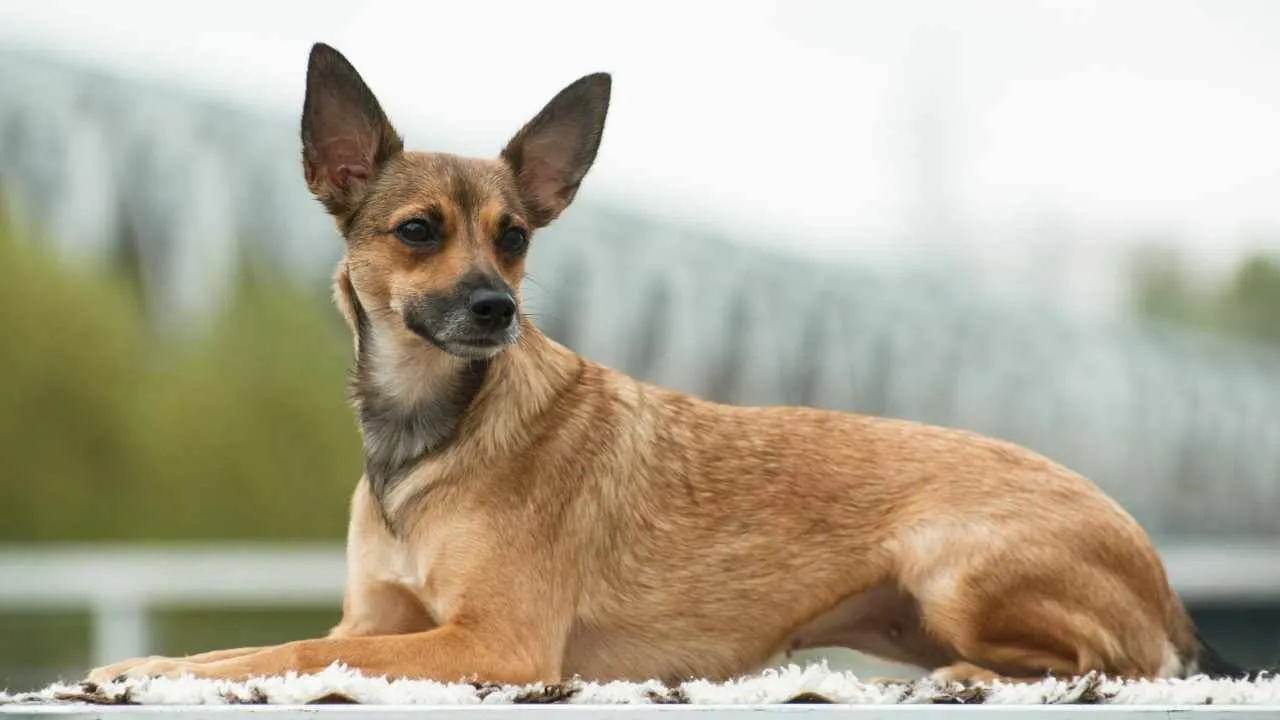
In ancient Peruvian trade hubs, these dogs were often seen moving confidently through tight quarters. Their slim build and light-footed gait made them suited for marketplaces where space was limited. Traders found them useful in weaving through crowds without causing disruption.
Hairlessness with a Purpose
Their hairless skin wasn’t just aesthetic—it was practical in humid climates where furred dogs struggled with skin infections. This trait reduced the need for grooming during long travel and minimized parasite load in dense, tropical trade regions. They were low-maintenance by necessity.
Sensitivity to Subtle Sounds
Peruvian Inca Orchids have unusually acute hearing and respond sharply to high-pitched or distant sounds. That trait was valuable during night halts when caravans set up near forests or riverbanks. They detected rustling threats—animal or human—long before other dogs reacted.
Connection to Cultural Practices
Archaeological findings show these dogs were frequently buried alongside traders and craftsmen, hinting at more than emotional ties. Their presence suggests they played real roles in the daily rhythm of commerce, helping guard goods, signaling arrivals, or even calming livestock with their quiet energy.
9. Borzoi
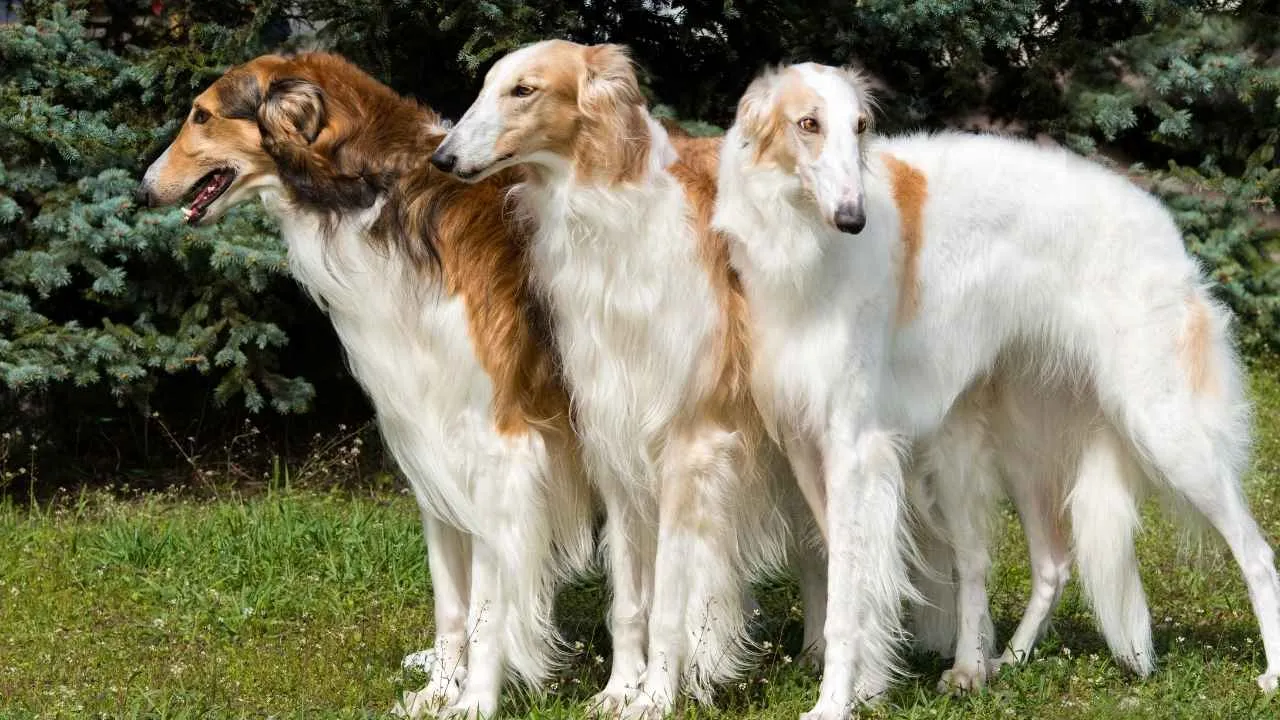
Borzoi were often brought along Eastern European and Russian trade routes due to their calm, composed nature. Their tall, narrow frame allowed them to move gracefully without disturbing livestock or goods. Traders favored them for their ability to stay composed during extended, shifting travel.
Cold-Weather Adaptability
Their dense, silky coat wasn’t just ornamental—it protected them in frigid terrain across routes that spanned snowy regions. This physical advantage allowed them to accompany traders through harsh climates where other breeds would require shelter. Their silence, paired with cold resistance,e made them indispensable in northern circuits.
Precision Over Aggression
Originally bred for coursing wolves, Borzoi had refined control over when to chase and when to stay still. That selective drive meant they didn’t startle horses or react impulsively—key traits during stopovers in unfamiliar territories. Traders relied on that restraint in unpredictable encounters.
Noble Utility Among Merchants
Known as a symbol of aristocracy in Tsarist Russia, the Borzoi was also a practical companion for high-ranking traders and emissaries.
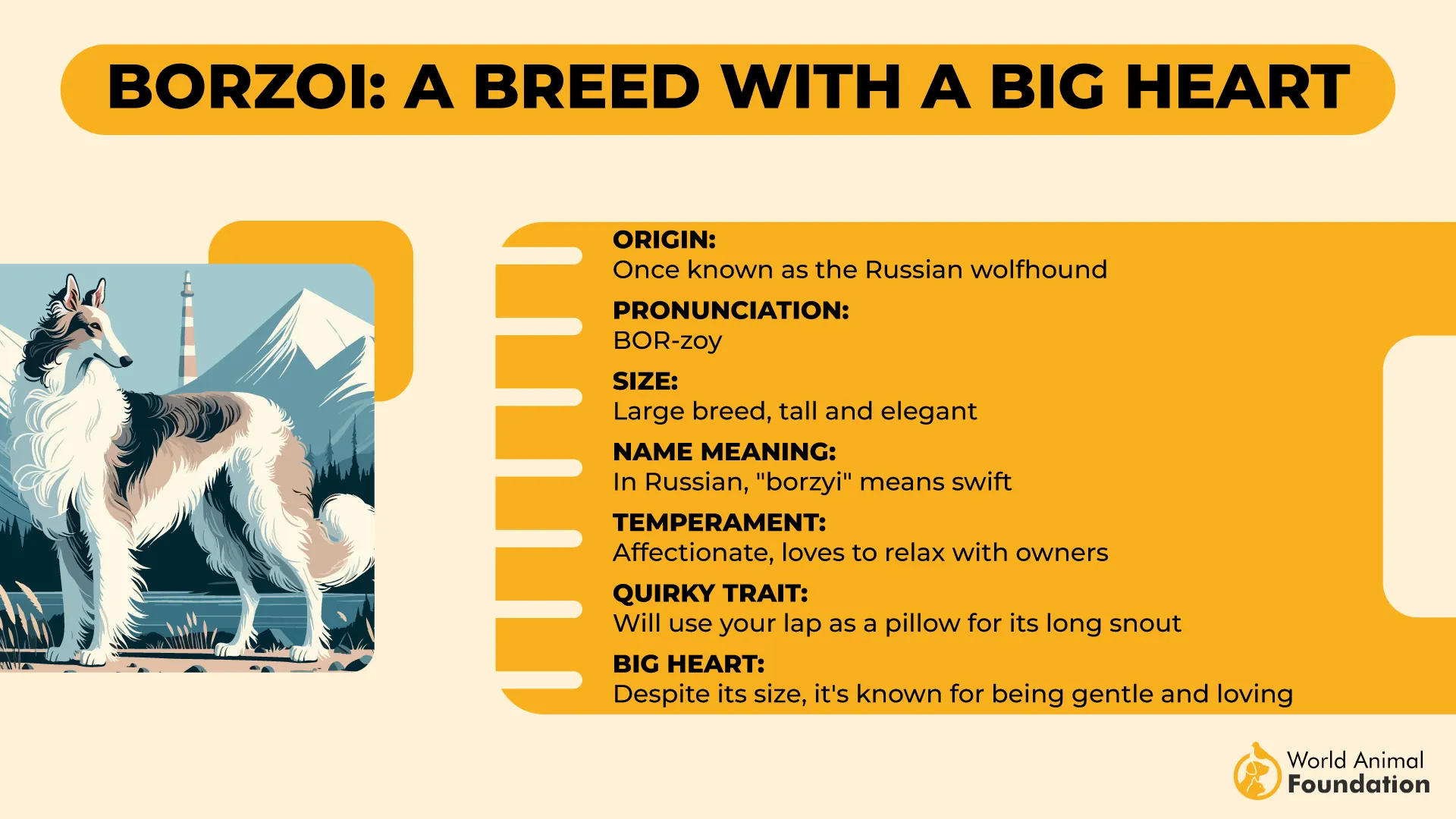
Their presence alone often indicated status, yet they were also deeply functional in long-distance travel. That blend of form and purpose made them respected along the journey.
10. Xoloitzcuintli
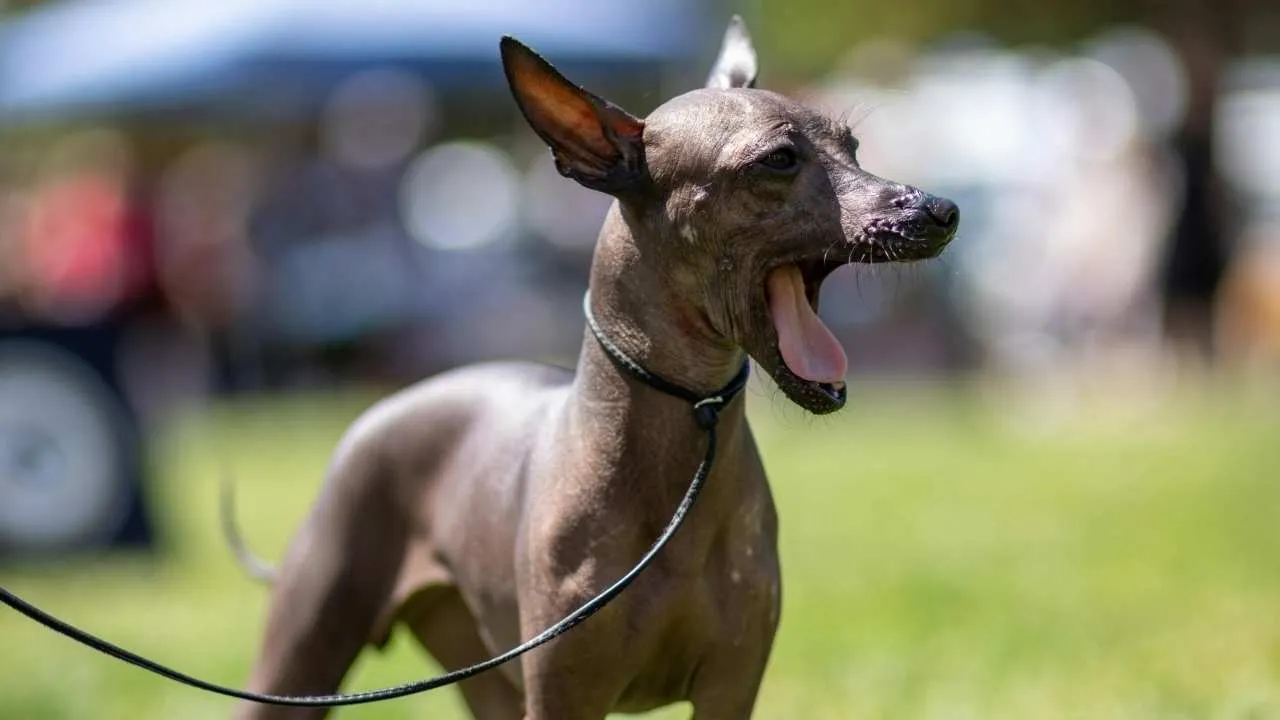
Ancient Mesoamerican traders often moved by night to avoid the heat, and the Xoloitzcuintli played a role in guarding their camps during rest stops. Their strong territorial sense and quiet disposition helped detect intruders without alerting predators. Traders depended on their presence as silent deterrents in dense terrain.
Body Warmth in Cold Altitudes
This breed’s bare skin wasn’t a disadvantage—it was a utility. In the highlands of what’s now central Mexico, traders relied on Xolos as living warmers during overnight halts. Their elevated body temperature and calm temperament made them ideal for sharing shelter without conflict.
Spiritual Symbol with Practical Roles
The Aztecs believed these dogs guided souls in the afterlife, but among traveling merchants, the Xolo was seen more tangibly. They were thought to protect against misfortune on the road, which led to their inclusion in long-distance expeditions. The belief gave them not just symbolic, but logistical importance.
Highly Adaptable to Shifting Terrain
Xolos moved with ease through jungle paths, stone trade routes, and humid coastlines without needing grooming or extra care. That made them ideal for months-long travel without slowing the caravan. Their low-maintenance nature served both efficiency and survival, two priorities on any trade mission.
Conclusion
They didn’t wear badges. They didn’t carry titles. But the dogs who walked beside ancient traders were more than just travelers. They were watchers, protectors, and quiet workers who understood the road better than most people.
Some of them were among the first domesticated breeds in history—shaped not in palaces, but on the path. Long before the idea of guard dogs took form, these animals filled that role without being told. They weren’t flashy. They didn’t need to be.
Their loyalty was the kind you don’t teach. It just shows up and stays. As time passed, trade changed, but those dogs left their mark—not just in stories, but in the breeds that still walk among us.
They were never just background. They were the ones who made the journey possible. And today, their blood still moves through some of the oldest dog breeds we know.


